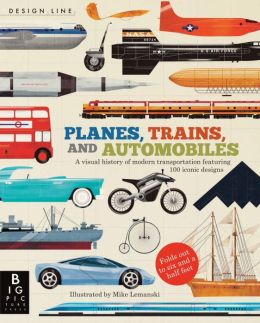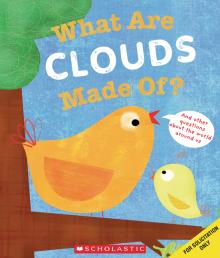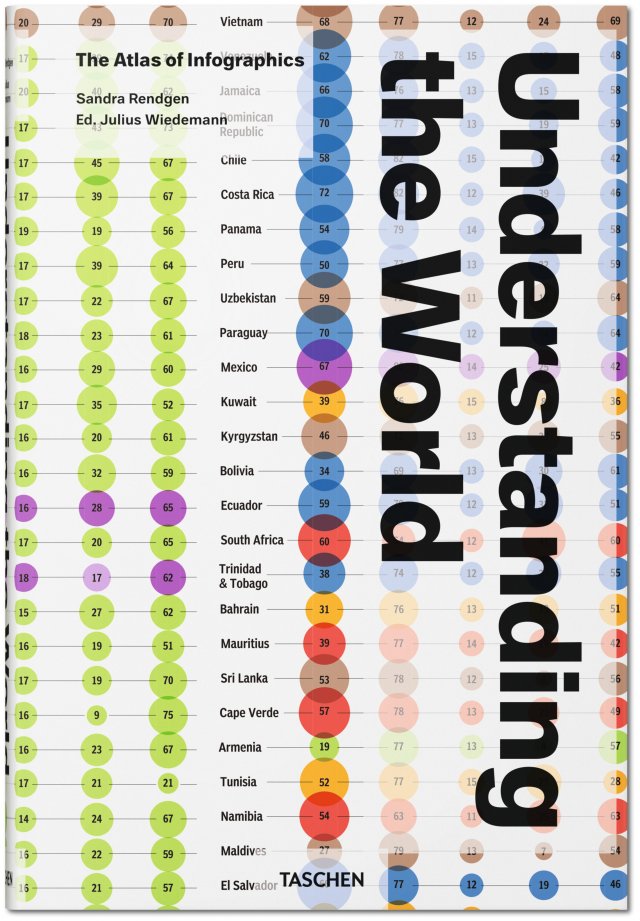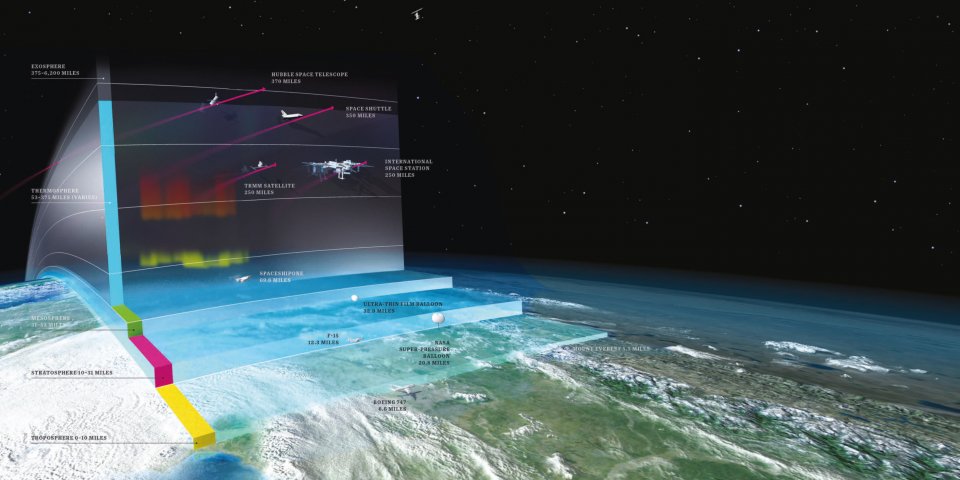 To celebrate National Science Week (now rather tardily at publication) I thought I'd write about one of our favourite family places; a second home, giant playground and temple to progress, crouching like an introverted boffin behind the imposing grandeur of the Natural History Museum. Inside The Science Museum, of course, is an Aladdin's cave for children of all ages (0-90) and is one of the most pre-school friendly museums around. At present we have the enviable means to go mid-week in term time and it is a privilege we will mourn wholeheartedly with the advent of schooldays, but for now it is our oyster; and we discover new pearls with every visit.
To celebrate National Science Week (now rather tardily at publication) I thought I'd write about one of our favourite family places; a second home, giant playground and temple to progress, crouching like an introverted boffin behind the imposing grandeur of the Natural History Museum. Inside The Science Museum, of course, is an Aladdin's cave for children of all ages (0-90) and is one of the most pre-school friendly museums around. At present we have the enviable means to go mid-week in term time and it is a privilege we will mourn wholeheartedly with the advent of schooldays, but for now it is our oyster; and we discover new pearls with every visit.Whilst the entire museum is a source of wonder, and can fill a full day or more with its myriad of exhibits, I wanted to share our favourite three unmissable interactive spots for toddlers and young children. We always meander through a host of other sections on our tour of these interactive playgrounds - the iconic ground floor galleries being particular favourites.
1. Launchpad - Located on the third floor, this area packed with over 50 interactive exhibits is the go-to place for all children. Hosting informative and engaging demonstrations nearby such as the Rocket Show, it would be possible to while away an entire visit here alone. Whilst it caters to 8-16 year olds, both my girls already adore this utterly enthrawling pair of rooms. On a quiet day they get a great chance to explore and test the properties of materials, engage in experiments with shadows, smoke, gravity, sound, chemicals, density, energy and other early physics and chemistry concepts. Culturetot has particularly enjoyed in recent months the water walls, balls propelled by air and experiments with refracted light. Culturebaby has been very taken with the shadow room, experiments with dry ice, the rockets, and the 'Big Machine' - operated by children and a host of pulleys and other mechanisms. I love this area - you can see little scientists in the making, working together with peers to build arches, operate machinery and emerging utterly inspired.
 2. The Garden - Somewhat hidden in the basement, the Garden (deceptively named indoor space) is designed for children aged 3 to 6 and is our favourite London playground. Both girls find so much to interest them in this brilliantly designed cave of sensory exploration. To the right is an area designed for experimentation with sound, mirrors and textures. The walls are clad in a range of touchy-feely sensory materials, coupled with sound effects and interesting use of light. It is as perfect for babies as any other miniature explorer. To the left is a large area for waterplay with a huge set of tanks and water features, containing boats, wheels and bridges in a set of stepped riverways. This one feature can hold the attention of a child happily for unprecedented periods and allows a welcome parental breather. I've seen a good few amusing scraps and melodramatic episodes where a child has become too attached to one particular vessel as it wends its way through a host of others and past many miniature paws, but (on occasions when said drama isn't created by your brood) this rather adds to the merriment. The space also features giant construction bricks, highly prized wheel barrows, and a fantastic construction where children are forced to work together to fill a bucket with beanbags, raise it with a rope, transport said items and deposit down a chute. And repeat ad infinitum. A few of the less seasoned parental visitors enthusiastically haul buckets around at the behest of their miniature dictators. Others relax happily against the wall and survey the chaos in peace. It is a wonderful place and we always stop in after our multiple laps round the Dinosaur room next door.
2. The Garden - Somewhat hidden in the basement, the Garden (deceptively named indoor space) is designed for children aged 3 to 6 and is our favourite London playground. Both girls find so much to interest them in this brilliantly designed cave of sensory exploration. To the right is an area designed for experimentation with sound, mirrors and textures. The walls are clad in a range of touchy-feely sensory materials, coupled with sound effects and interesting use of light. It is as perfect for babies as any other miniature explorer. To the left is a large area for waterplay with a huge set of tanks and water features, containing boats, wheels and bridges in a set of stepped riverways. This one feature can hold the attention of a child happily for unprecedented periods and allows a welcome parental breather. I've seen a good few amusing scraps and melodramatic episodes where a child has become too attached to one particular vessel as it wends its way through a host of others and past many miniature paws, but (on occasions when said drama isn't created by your brood) this rather adds to the merriment. The space also features giant construction bricks, highly prized wheel barrows, and a fantastic construction where children are forced to work together to fill a bucket with beanbags, raise it with a rope, transport said items and deposit down a chute. And repeat ad infinitum. A few of the less seasoned parental visitors enthusiastically haul buckets around at the behest of their miniature dictators. Others relax happily against the wall and survey the chaos in peace. It is a wonderful place and we always stop in after our multiple laps round the Dinosaur room next door. 3. The Pattern Pod - Reclining at the back of the ground floor, it is easy to miss this gem.
Apparently created for the age 5-8 bracket, this hands-on area also
appeals to younger visitors. From a few months old Culturetot loved wading through the touch-sensitive projected pool of fish on the floor, both
girls now adore dancing in the disco room, crawling along the
footprint tracks and exploring patterns and textures on display. The
slightly older children can grow their own seeds and create projected
kaleido-patterns on the walls. This area is often quite peaceful, and
after the energy of the Launchpad, it is a great place to cultivate calm before the journey home.
3. The Pattern Pod - Reclining at the back of the ground floor, it is easy to miss this gem.
Apparently created for the age 5-8 bracket, this hands-on area also
appeals to younger visitors. From a few months old Culturetot loved wading through the touch-sensitive projected pool of fish on the floor, both
girls now adore dancing in the disco room, crawling along the
footprint tracks and exploring patterns and textures on display. The
slightly older children can grow their own seeds and create projected
kaleido-patterns on the walls. This area is often quite peaceful, and
after the energy of the Launchpad, it is a great place to cultivate calm before the journey home. 
 On days when we can't make it into London but the Culturebabies fancy a visit, we've taken to creating our own museum of choice at home and taking toys for a trip. This week, inspired by the arrival of a stunning new book arrival Planes, Trains and Automobiles: A Visual History of Modern Transport by Mike Lemanski (which is actually a huge fold-out timeline) we created our own science museum transport galleries at home using some of our favourite resources - Safari Toobs. The Disney Princesses, led by bookworm Belle, trooped round the exhibits - each identifying their favourite train or plane - and watched with delight our miniature moving railway exhibit (a fab present from CultureUncle). Culturebaby played happily with it all afternoon, later incorporating a cafe and house with sickbed for a poorly Beast. Already impressed by her consternation last week, as she marched into the room and declared that Gaston was a bad man as he didn't want Belle to read, I was furthermore delighted to observe her send several of the princesses off to work as museum staff. No more of this waiting around in towers to be rescued; Carpe Diem girls!
On days when we can't make it into London but the Culturebabies fancy a visit, we've taken to creating our own museum of choice at home and taking toys for a trip. This week, inspired by the arrival of a stunning new book arrival Planes, Trains and Automobiles: A Visual History of Modern Transport by Mike Lemanski (which is actually a huge fold-out timeline) we created our own science museum transport galleries at home using some of our favourite resources - Safari Toobs. The Disney Princesses, led by bookworm Belle, trooped round the exhibits - each identifying their favourite train or plane - and watched with delight our miniature moving railway exhibit (a fab present from CultureUncle). Culturebaby played happily with it all afternoon, later incorporating a cafe and house with sickbed for a poorly Beast. Already impressed by her consternation last week, as she marched into the room and declared that Gaston was a bad man as he didn't want Belle to read, I was furthermore delighted to observe her send several of the princesses off to work as museum staff. No more of this waiting around in towers to be rescued; Carpe Diem girls! 
We've been rather lucky recently to receive some really interesting titles to review on science (excluding natural history here) for children, perfect complements to already treasured titles in our collection.
1. For Baby - Back when I was crawling around, somewhere along the border between Yorkshire and Lancashire (quite literally - my parents slept in a different county to me), my mum and dad created a whole range of interesting feely boards designed to introduce me to a range of textures, temperatures and materials and their associated descriptions. This was rather original and inspired at the time. With some regret that they didn't go on to patent materials, but delight at the discovery that I don't have to slave away with tools and a gluegun in their footsteps, I was relieved to learn that Usborne (and a range of other great publishers) have done the whole project for me. There is a brilliant selection of tactile and interactive titles out there for children - which are of course their first introduction through books to cause and effect, materials and other scientific concepts - and few better than a recent title by Usborne Baby's First Touchy Feely Musical Playbook. This boardbook has it all, and Culturetot adores it. With buttons producing sounds, finger trails using cut-outs and textures, holes for tiny fingers to explore, flaps, fabrics and other materials, this book encapsulates many of the principles of The Science Museum's Garden in a bright and accesssible volume.
 2. For pre-schoolers we have two lovely stories about the vastness of the Universe. First, Usborne's simple and endearing picture book How High is the Sky? by Anna Milbourne and Serena Riglietti is about a young penguin who, like many toddlers, is brimming with big questions about this huge and interesting world. He sets off on an experimental journey to discover just how high the sky really is. Catching a ride with an albatross, a hot air balloon and eventually a rocket, he comes to see that the sky just goes on and on. It struck me as much more than a story but a good introduction to the unexpected rewards of questioning, experimenting and discovery.
2. For pre-schoolers we have two lovely stories about the vastness of the Universe. First, Usborne's simple and endearing picture book How High is the Sky? by Anna Milbourne and Serena Riglietti is about a young penguin who, like many toddlers, is brimming with big questions about this huge and interesting world. He sets off on an experimental journey to discover just how high the sky really is. Catching a ride with an albatross, a hot air balloon and eventually a rocket, he comes to see that the sky just goes on and on. It struck me as much more than a story but a good introduction to the unexpected rewards of questioning, experimenting and discovery.Secondly, a quirky volume dropped through our letter-box yesterday. When Dad Showed Me the Universe by Ulf Stark and illustrated by Eva Eriksson. Originally a popular Swedish classic, this English volume will be published in April by Gecko press (which specialises in English versions of curiously good books they discover from around the world). Culturebaby and I read it together this evening and she really liked it. Over the last couple of nights we have been reading the myth of Pegasus so she is already interested in the idea of a constellation and here we have an interesting story about a father who really wants to show his son the Universe. Keen to make it a special occasion and daring adventure, the surprise is kept as such until all streetlights are left behind and in the wilderness the Dad lifts up his child to reveal to true magnificence of the night sky. Peppered with scientific facts which betray the passion of the father for science, and humorous interludes, this story is rather unusual. On the face of it, Culturebaby took it at face value - a great adventure with a father and a comic ending. But it is also rather more interesting for older readers too. The father with his head in the clouds fails to see the mess on the ground he wades into; he worries that a great adventure has been ruined because it contains such a moment. The delight and message, of course, is that even if the best made plans are imperfect for the child, both the intimacy and wonder of sharing a parent's passions are utterly unforgettable.

 3. One of my new favourite books is the recently published 365 Science Activities from Usborne by Minna Lacey. Full of really simple ideas for experiments that can be done with even the youngest children at home, succinct explanations and a wide range of themes, I suspect this will be one of those volumes that I buy for everyone as presents. This is the sort of book that you can dip into for inspiration and do a quick science session with household materials. From creating foaming fizz and making rain to creating catapults and invisible ink, this book is a goldmine of quick and easy experiments for little ones. And for children who are full of questions about the world around them, I'd recommend What Are Clouds Made Of? by Geraldine Taylor. This really accessible little lift-the-flap book suits my 3 year old and her questions perfectly. I've owned it a while, but it has come into its own in recent weeks. Taking simple childlike questions, to which parents have forgotten many of the answers, it answers why do birds sing and flowers smell, can trees breathe, why the sky is blue and why we can't drink sea water. The most surprising element perhaps, is that Culturebaby seems to remember the answers very well when the information is presented in this simple and tactile format.
3. One of my new favourite books is the recently published 365 Science Activities from Usborne by Minna Lacey. Full of really simple ideas for experiments that can be done with even the youngest children at home, succinct explanations and a wide range of themes, I suspect this will be one of those volumes that I buy for everyone as presents. This is the sort of book that you can dip into for inspiration and do a quick science session with household materials. From creating foaming fizz and making rain to creating catapults and invisible ink, this book is a goldmine of quick and easy experiments for little ones. And for children who are full of questions about the world around them, I'd recommend What Are Clouds Made Of? by Geraldine Taylor. This really accessible little lift-the-flap book suits my 3 year old and her questions perfectly. I've owned it a while, but it has come into its own in recent weeks. Taking simple childlike questions, to which parents have forgotten many of the answers, it answers why do birds sing and flowers smell, can trees breathe, why the sky is blue and why we can't drink sea water. The most surprising element perhaps, is that Culturebaby seems to remember the answers very well when the information is presented in this simple and tactile format.

5. Finally, one of the most stunning and intriguing reference books I have ever seen arrived for review from Taschen just in time for Christmas. Completely unique and with information ranging from the environment, technology, economics and society, to culture, Understanding the World. The Atlas of Infographics by Sandra Rendgen and Julius Weidemann is a creative and completely beautiful look at some of the most exciting, creative and inspiring ways of explaining the world in information graphics. I've never seen anything like it and it is perfect for propping up at the table and talking about. It is one of those books you can paw through for hours and not really notice the time pass by. It was so special I wrapped it up for Culturedad for Christmas. We'll treasure this one.
Disclaimer: We were kindly sent review copies of a number of the books mentioned above. Others were from our own collection. I only review books I like and as always all opinions are my own.




















No comments:
Post a Comment